The Sony a6000 is a great camera for wildlife and capturing birds in flight. Here is why:
- It’s small, light, and portable, so you can take it on hikes or use it to take photos of the birds in your backyard.
- Its autofocus is fast enough to track animals and will keep up with birds that are flying around.
- It also has a fast, up to 11 FPs burst mode, so you can take photos of animals in quick succession without having to worry about missing any good shots.
Why the Sony a6000 is a Good Camera for Wildlife and Birding?
The Sony a6000 has a high-resolution sensor that has great colors and details. You can clearly see the animal’s fur or feathers and the details in their eyes. It also allows you to crop your images without losing too much quality.
And because it has a 24MP crop sensor that allows you to have more reach when using a full-frame lens, you can take photos of animals from a distance without having to worry about the subject moving away.
It can even save you money if you already have a collection of Sony full-frame lenses such as the Sony FE 70-200mm F2.8 GM OSS II and the Sony FE 200-600mm F5.6-6.3 G OSS Super Telephoto Zoom Lens.
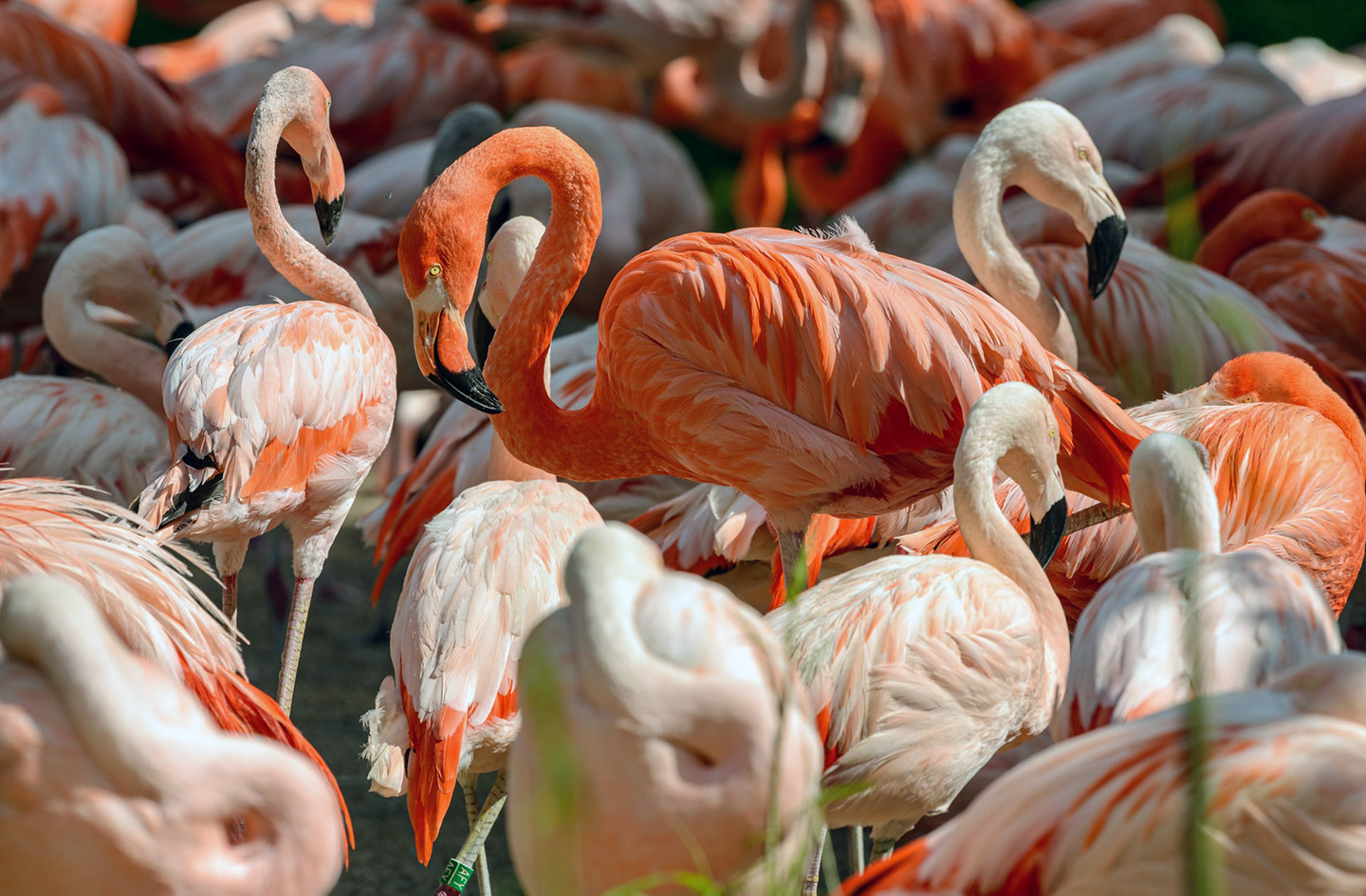
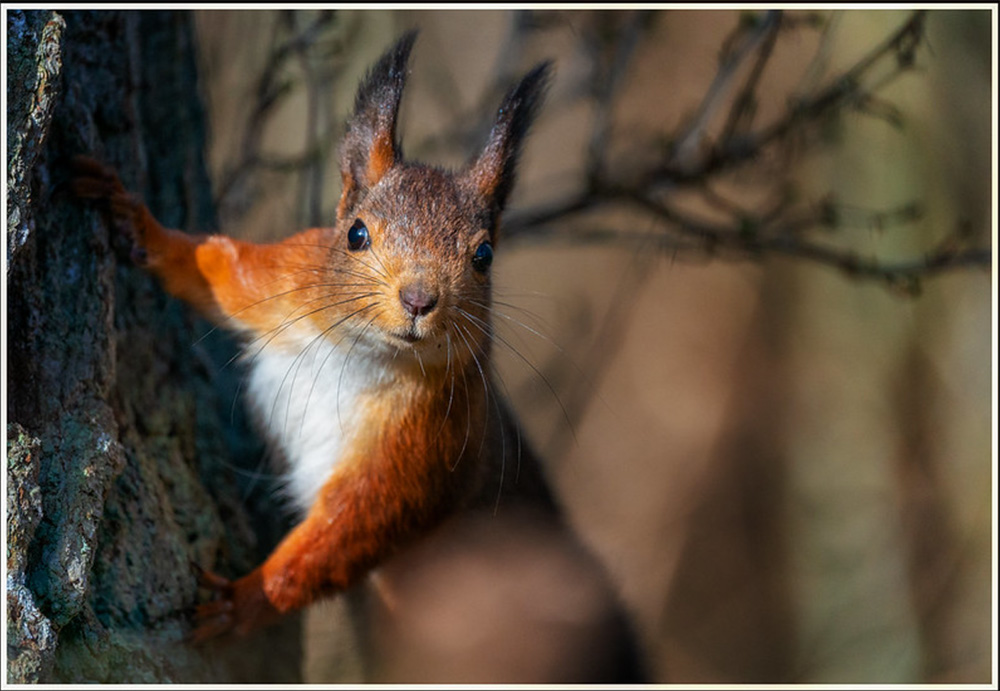
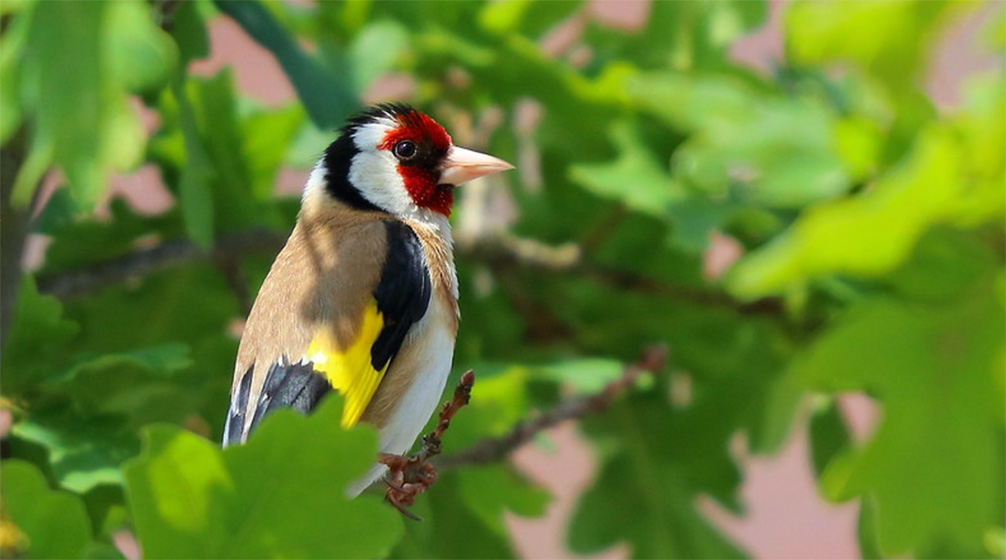

For wildlife photography, it’s important to have a camera that is lightweight so you can carry it around with you without getting tired quickly.
It also needs to be able to take some punishment without breaking (you never know when you’ll be hiking through the woods).
Fortunately, the Sony a6000 is both lightweight and rugged. It’s made of tough composite materials, which are both lightweight and strong.
One great thing about the Sony a6000 is its size. Its tiny size, lightweight, and portability make the Sony A6000 an ideal choice for traveling to remote locations where you can’t carry a lot of gear. It only weighs about 344 g.
The relatively small size and weight of this camera make it perfect for traveling, especially if you plan on hiking or trekking through nature while taking pictures of animals in their natural habitat.
It’s lightweight enough that carrying it around all day won’t be too much of an issue.
Even with a smaller size and lighter weight, the Sony a6000 packs a punch when it comes to autofocus performance. The Sony a6000 doesn’t have the most advanced autofocus system around, but it’s more than capable of getting the job done.
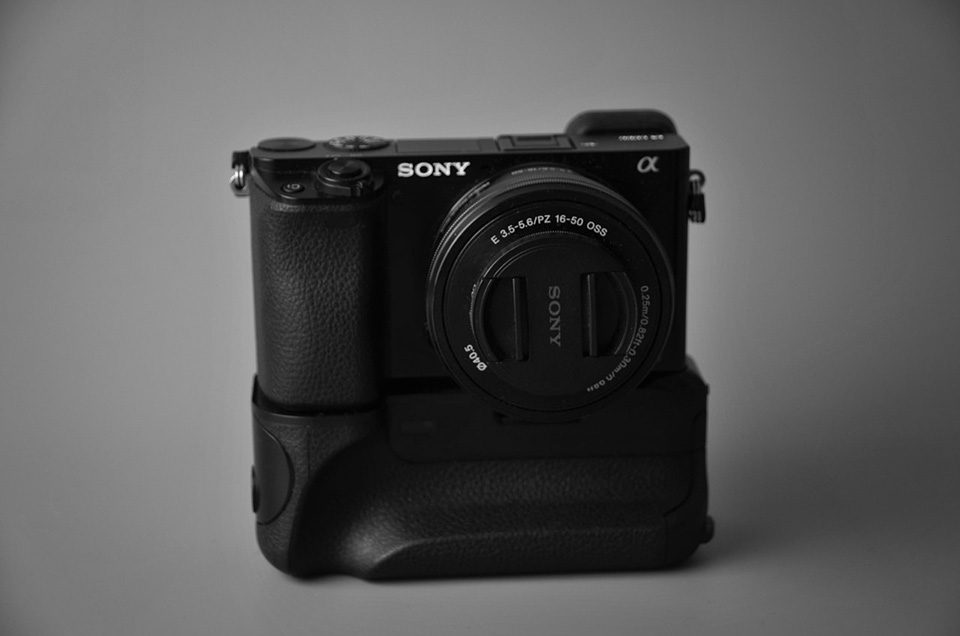
It has 179 phase-detection points and 25 contrast-detection points, which means you’ll be able to focus on birds and other animals quickly.
The autofocus on the Sony a6000 is fast, accurate, and reliable. It’s also easy to customize so that you can make sure it’s just right for your needs.
Another great feature of the Sony a6000 is its digital zoom. It has both Clear Image Zoom and Digital Zoom. You can use the Clear Image Zoom up to 2x while the Digital Zoom can be used up to 4x. This feature is useful if you want further reach without losing too much image quality.
Personally, I only use the Clear Image Zoom up to 2x because it gives me a good enough image quality without losing too much detail. Also, keep in mind that this feature only works when shooting jpeg and will not work in RAW format.
Wildlife Photography Lenses for Sony a6000
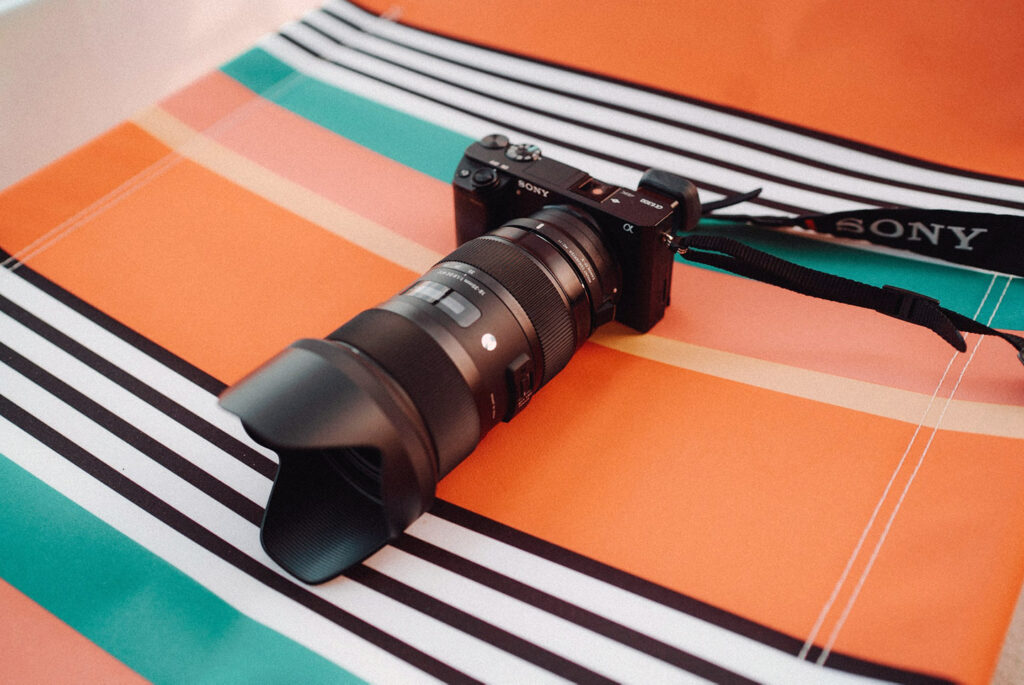
We have an article that talks about the best lenses for wildlife photography for the Sony a6000 and how to choose them. This article will give you an idea of what kind of lenses are best for your needs.
When it comes to wildlife photography, there are a few things you need to consider before picking a lens. You’ll want to identify the ideal focal length and zoom range that will fit your needs and the kind of wildlife photography you want to do.
In addition, you’ll want to think about how much flexibility you need in terms of carrying your gear around. Is it easy for you to carry a bulky camera bag? Do you have limited space in your car or backpack?
If you’re going out into the wilderness to photograph animals like deers, squirrels, or birds of prey, it’s important that your lens has enough reach to let you get close enough without scaring them off before they’re in the frame.
The best way to do this is by using a telephoto or a zoom lens with at least 100mm focal length or longer.
If you are hoping to photograph small insects or flowers up close, then I recommend a macro lens or something in the 50mm – 135mm range.

If you’re a wildlife photographer, the most important thing to remember is that your lens choice is unique to your own needs.
You have to ask yourself: What am I trying to capture? How fast do I need my camera to be able to focus? How far away do I need to be able to get from my subject? How much is my budget? Once you’ve answered these questions, then you can start looking for a lens that will meet your needs.
Hopefully, we’ve been able to help you on your quest for a new lens and get you started down the right path for capturing those beautiful moments between animals.
Do I need a tripod or monopod for wildlife and bird photography?
Learn more about: Best Tripod for Sony a6000
One of the most common problems that wildlife photographers have is hand-holding their camera and a long and heavy lens steady for long periods of time.

Tripods and monopods provide support and stability for the camera and lens. By using a tripod or a monopod, you will be able to take much sharper images since your arms and hands won’t be shaking.
However, high-quality tripods can be heavy and bulky, which makes them a lot more difficult to carry around. If you want something more compact and lightweight, getting a monopod may be the best option for you.
FAQ
Are mirrorless cameras good for wildlife photography?
There are many benefits of using a mirrorless camera for wildlife photography. First, it is much smaller, lighter, and more compact than a DSLR. This makes it easier to carry around with you while you are out in the field.
Next, mirrorless cameras have better autofocus systems than older DSLRs, they are faster, more accurate, and have more focus points. Some flagship models even have an animal eye tracking system, which makes it easier to focus on a moving animal.
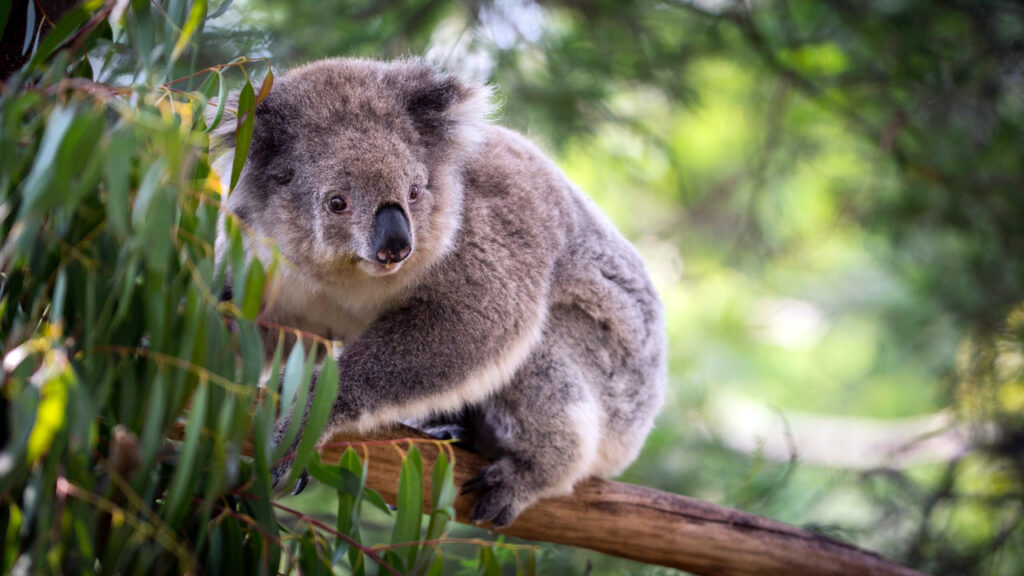
How many megapixels do I need for wildlife photography?
You don’t really need a lot of megapixels when shooting animals in the wild. A 12 to 18-megapixel camera are enough for most people. And since the Sony a6000 has a 24MP sensor, it is suitable for large prints and for cropping your photos without losing too much IQ.
Which camera is best for wildlife photography beginners?
The best camera is the one that can get you started shooting wildlife and birds. If you are a beginner on a budget, my advice is to get the Sony a6000.
It is one of the best affordable APS-C cameras for wildlife photography because it has a good autofocus system which makes it easier to capture animals in motion and its 24MP sensor produces high-quality images with plenty of detail.
Which Sony lens is good for wildlife photography?
The Sony Alpha 70-350mm F4.5-6.3 G OSS Super-Telephoto APS-C Lens is one of the best lenses for Sony APS-C cameras. For full-frame Sony mirrorless cameras, the Sony FE 200-600mm F5.6-6.3 G OSS lens is a must-have!
Conclusion
Even by today’s standard, the Sony a6000 can produce high-quality images of animals and birds. Its sensor can capture details and amazing colors, its hybrid AF system is reasonably fast and its size and weight make it an excellent travel companion.

Emma Lucy is the Founder & CEO of Emma Lucy Photography. She has over a decade of experience shooting weddings and other intimate events. She also tests the latest digital camera bodies, lenses, analog cameras, and other gear from Canon, Nikon, Sony, and other camera brands. She is From London and currently lives in the United States of America, where she spends most of her time as a self-employed professional photographer and writer.
